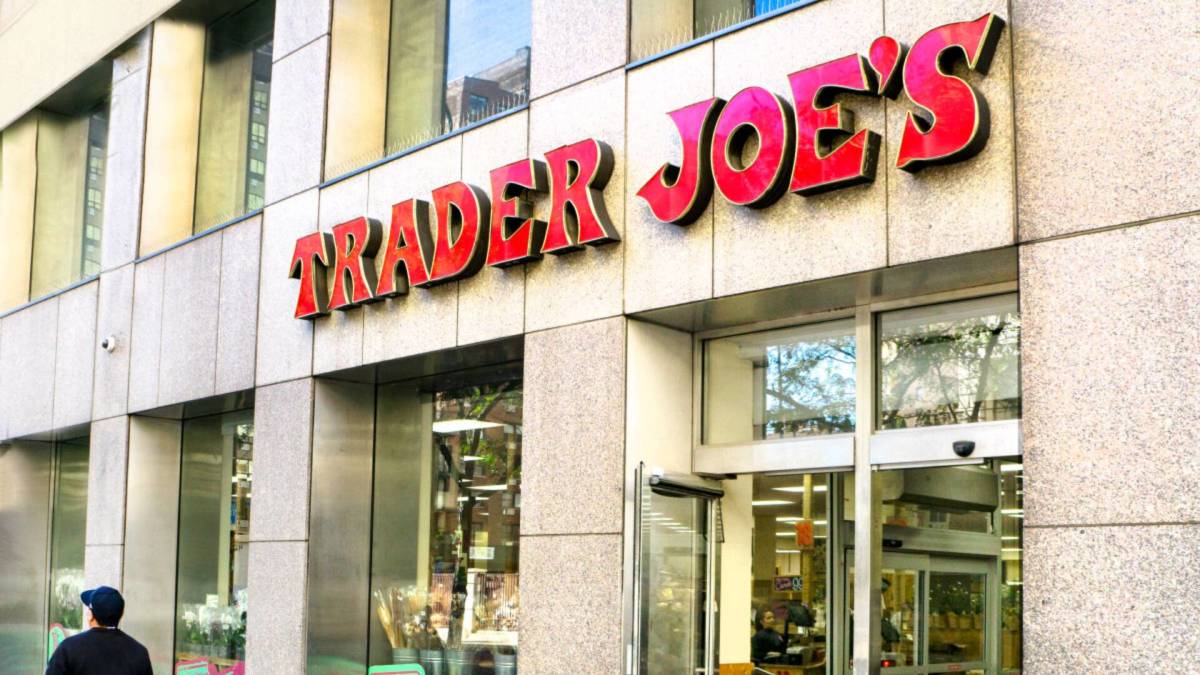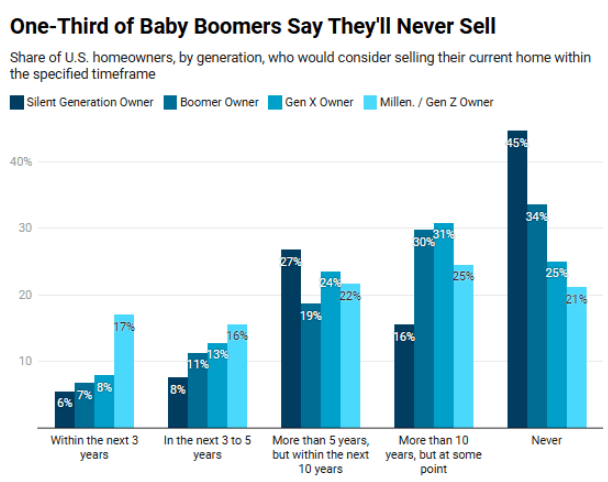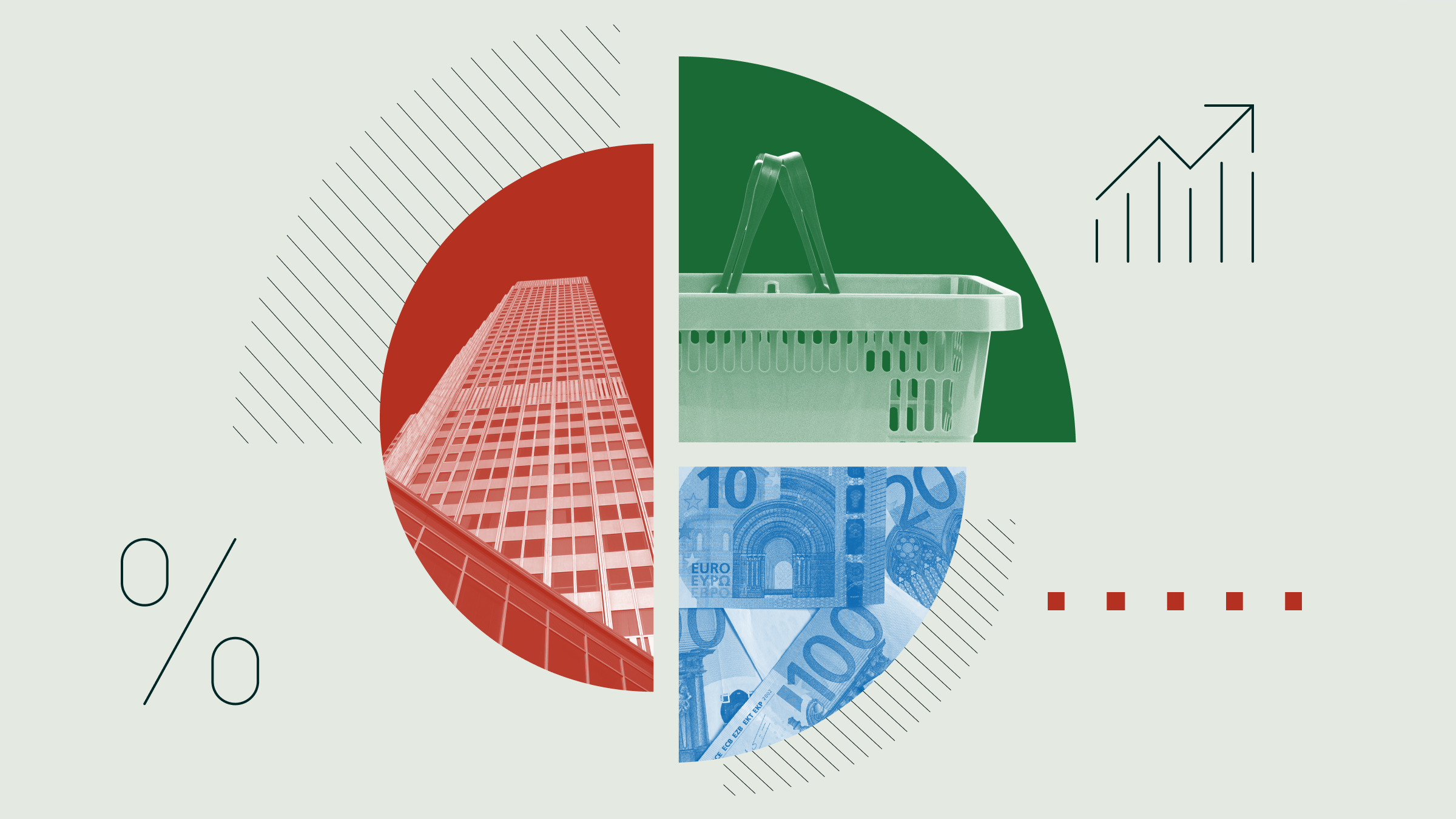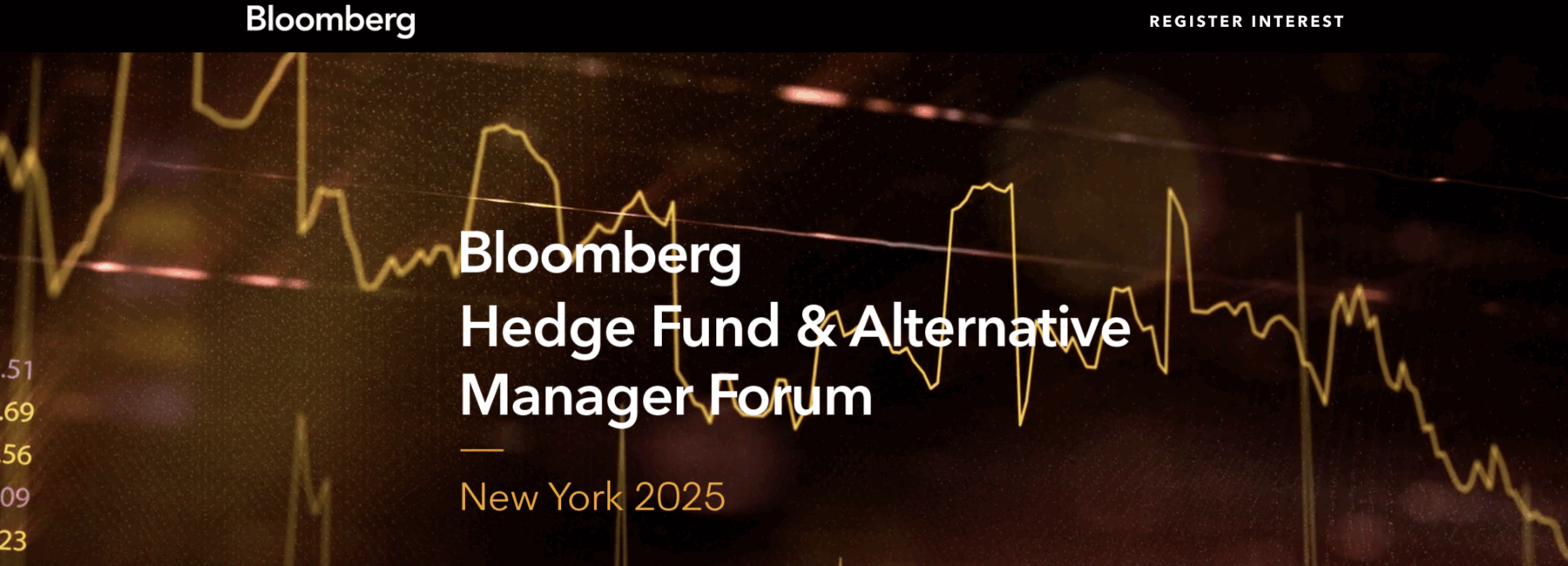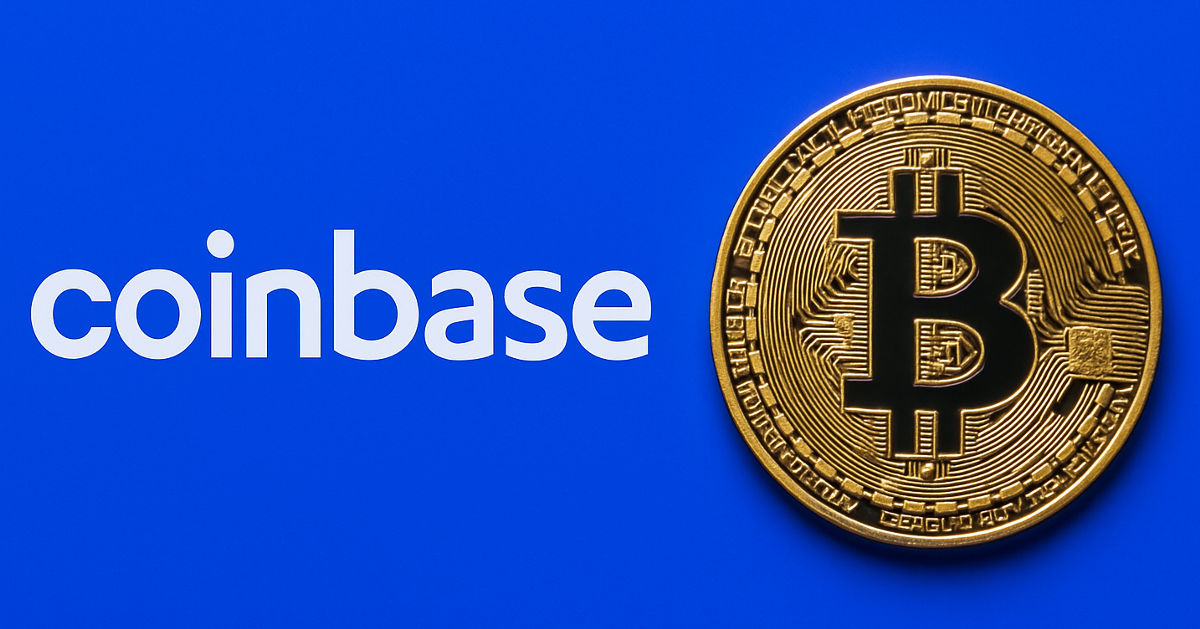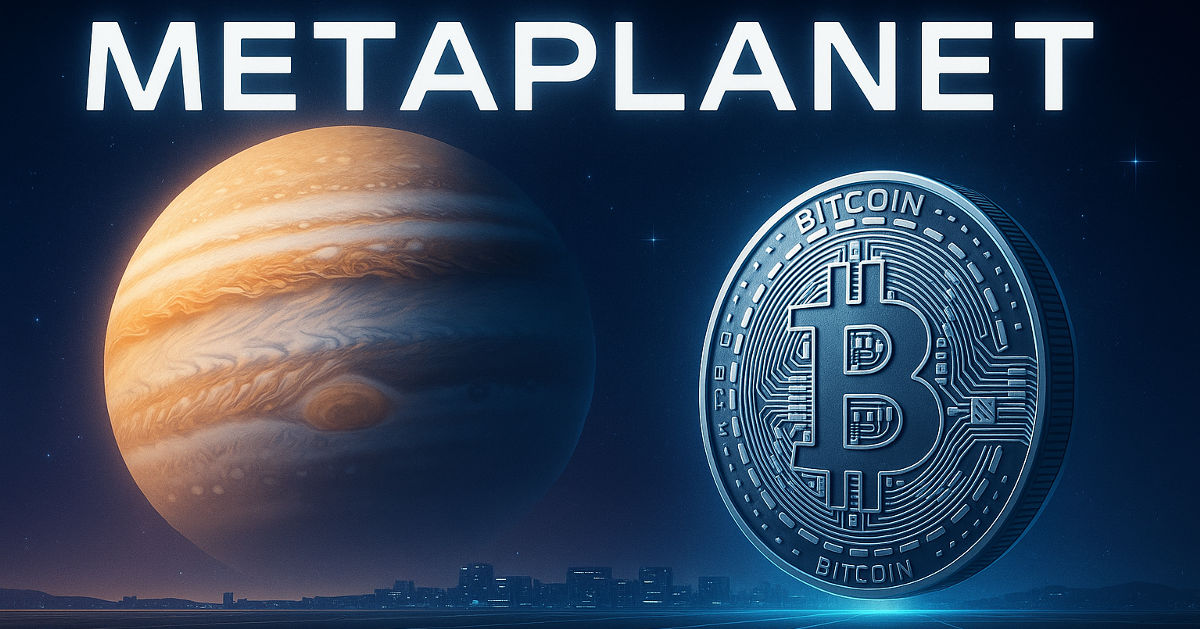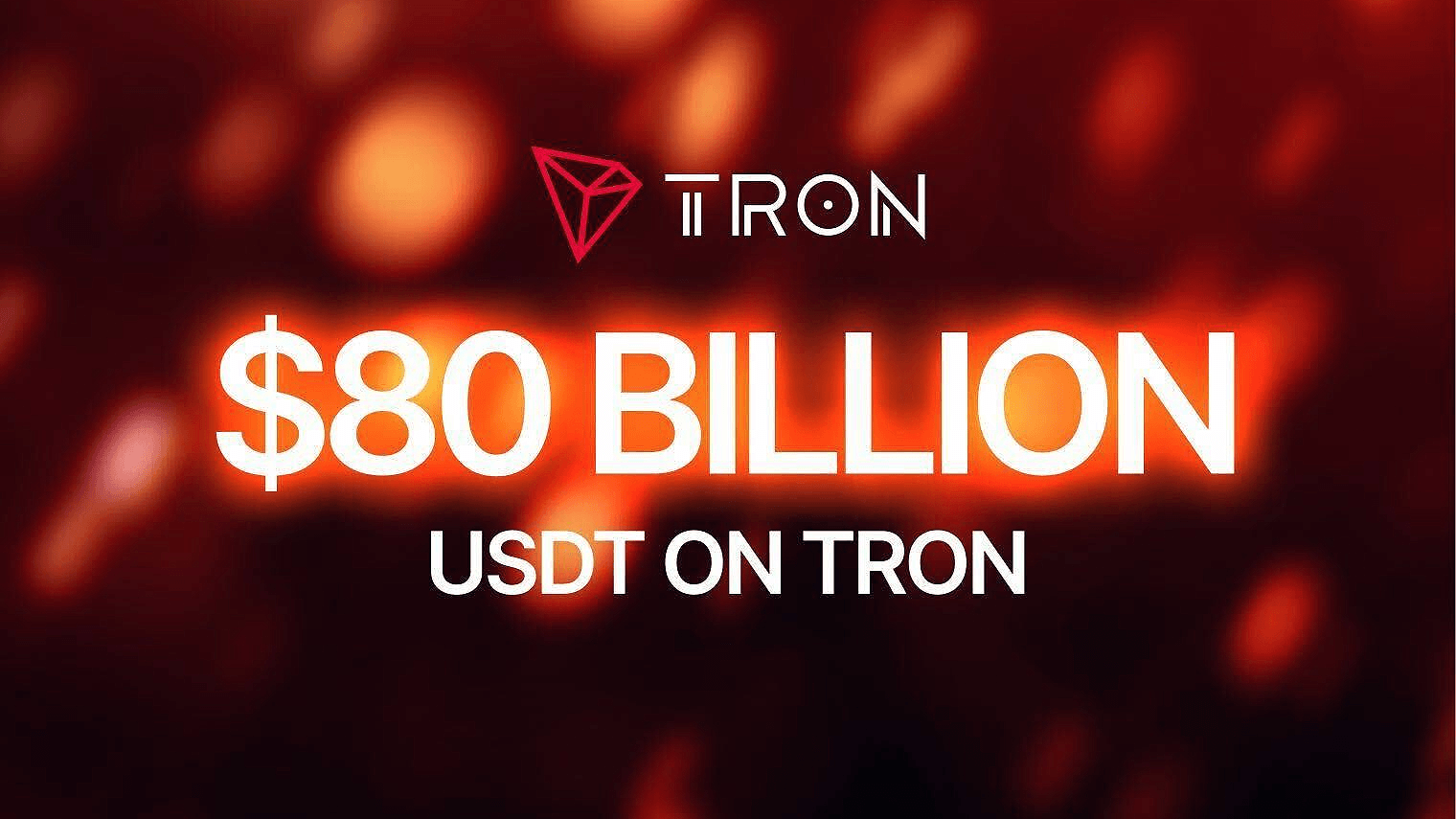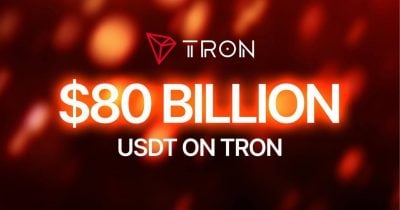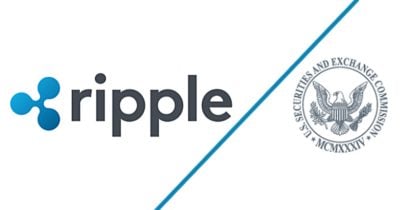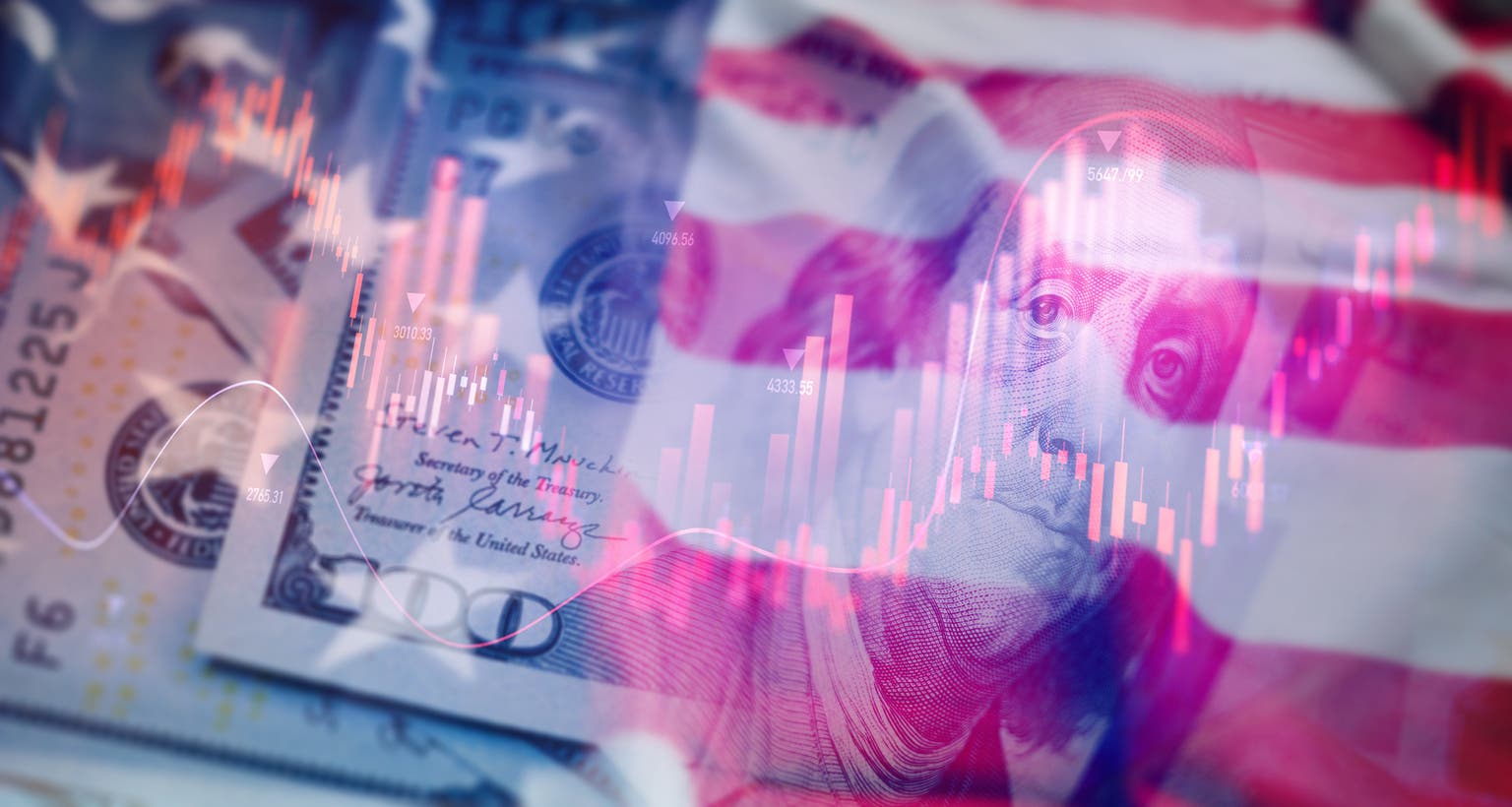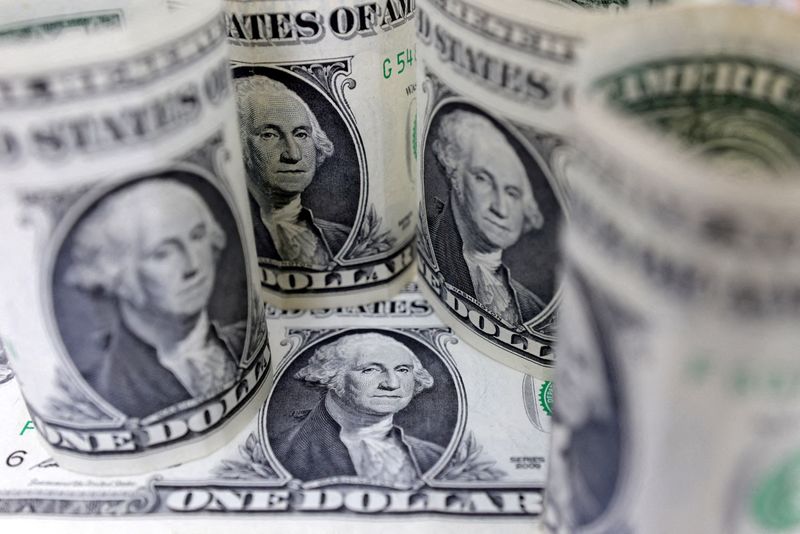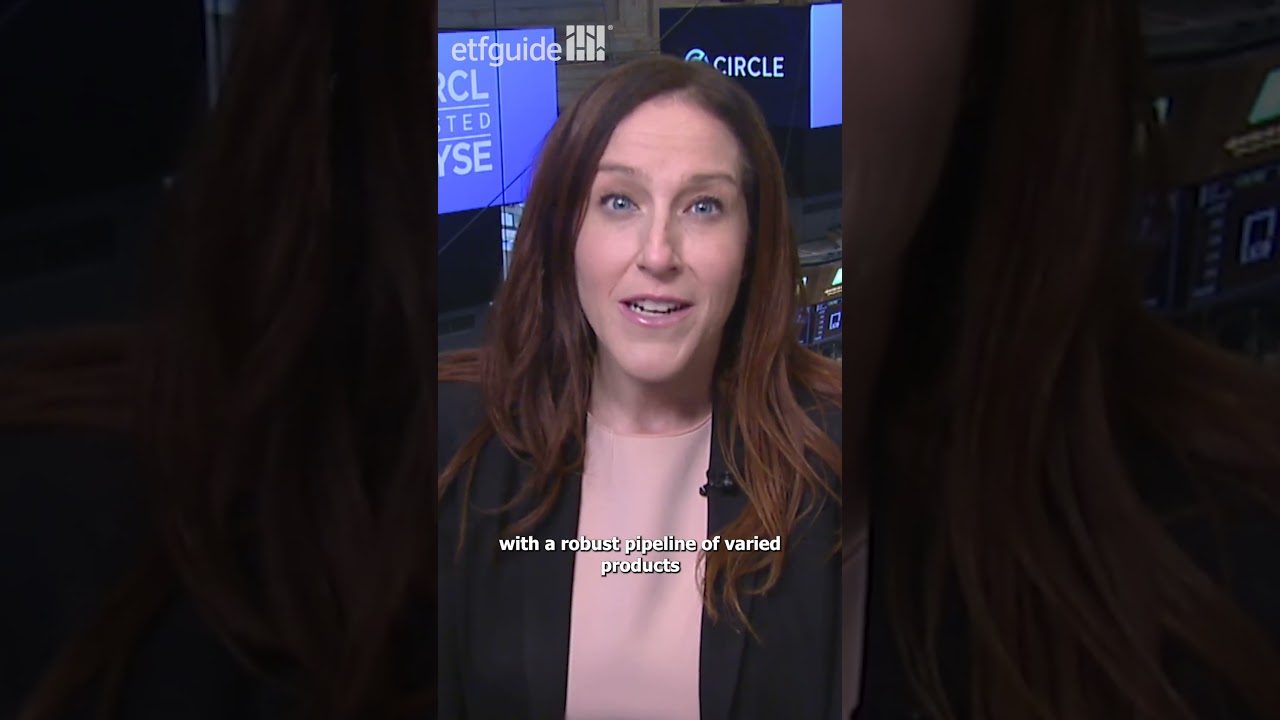QYLD vs. JEPI: The Battle Between Monster Covered Call Yields
Some dividend investors value high yields above high returns. These investors often look for funds and stocks that have less volatility and high cash flow. While you can opt for dividend growth funds if you want a mix of growth opportunities and a respectable yield, investors can go all-in with yields if they invest in […] The post QYLD vs. JEPI: The Battle Between Monster Covered Call Yields appeared first on 24/7 Wall St..

Some dividend investors value high yields above high returns. These investors often look for funds and stocks that have less volatility and high cash flow. While you can opt for dividend growth funds if you want a mix of growth opportunities and a respectable yield, investors can go all-in with yields if they invest in funds that sell covered calls.
The Global X Nasdaq 100 Covered Call ETF (NASDAQ:QYLD) and JPMorgan Equity Premium Income ETF (NYSEARCA:JEPI) are two of the top covered call funds. Their yields are much higher than most stocks and funds, but the cash distributions are taxed as ordinary income. This distinction makes these funds optimal for retirement accounts instead of brokerage accounts.
Although both funds have the same premise, it’s possible to choose one of them over the other. Discover how these two covered call funds compare.
Key Points
-
QYLD and JEPI are two of the most well-known high-yield ETFs, but which one is better.
-
Both funds incorporate covered calls, but a deeper analysis reveals a clear winner.
-
Are you ahead, or behind on retirement? SmartAsset’s free tool can match you with a financial advisor in minutes to help you answer that today. Each advisor has been carefully vetted, and must act in your best interests. Don’t waste another minute; get started by clicking here.(Sponsor)
Yields

QYLD has JEPI beat when it comes to the yield. While the Global X Nasdaq 100 Covered Call ETF has a trailing 12 month yield of 11.47%, the JPMorgan Equity Premium Income ETF ‘only’ has an 8.01% trailing yield over the past 12 months. JEPI compensates partially by having a 0.35% expense ratio compared to QYLD’s 0.60% expense ratio.
Investors who prioritize the yield above everything else should take a closer look at QYLD. However, if you want to get good cash flow while minimizing your taxes, JEPI is the better fund. A lower yield means less money is getting added to your ordinary income.
Returns

The returns don’t look good if you focus on the stock charts, but the gains become more respectable if you include the cash distributions. JEPI has an edge in this category, as the fund has produced an annualized 11.2% return over the past five years, while QYLD has an annualized 8.1% return during the same stretch.
JEPI has a slight edge with its 1-year return, but QYLD has had a better annualized return over the past years, coming in at 10.8% per year. Meanwhile, JEPI has only provided an annualized return of 9.6% over the past three years for its investors.
JEPI wins in one of the returns categories, but it’s also important to note that a smaller percentage of the total JEPI returns count as ordinary income. If you include taxes in your calculation, JEPI expands its lead over QYLD, and it even turns the annualized returns over the past three years into a more nuanced conversation.
Comparing Their Portfolios

Both funds invest in plenty of tech stocks and sell covered calls on them. However, JEPI is more diversified, with its top 10 holdings only making up 16% of its total assets. Meanwhile, QYLD pours almost half of its assets into its top 10 holdings.
Some portfolios can do very well by concentrating on a few stocks, but based on past results, the diversification of JEPI has been a better bet than the top-heavy approach of QYLD. Part of the reason may be that when the Magnificent Seven stocks rally, these funds get stuck with losses since their covered calls get exercised.
JEPI’s more diversified approach makes it less vulnerable to any rallies among the Magnificent Seven stocks, and that can be why JEPI has generated higher returns in the long run.
The Final Verdict

Both funds use covered calls to maximize their yields at the cost of cash distributions that count as ordinary income. While past results don’t guarantee future outcomes, JEPI has a history of outperforming QYLD. Furthermore, JEPI has a lower yield, which means less of your gains get taxed as ordinary income.
Both funds have some of the highest yields in the industry and are more suitable in tax-advantaged accounts. These funds aren’t likely to outperform their benchmarks, but they provide high cash distributions even when the stock market stays flat.
The post QYLD vs. JEPI: The Battle Between Monster Covered Call Yields appeared first on 24/7 Wall St..



































